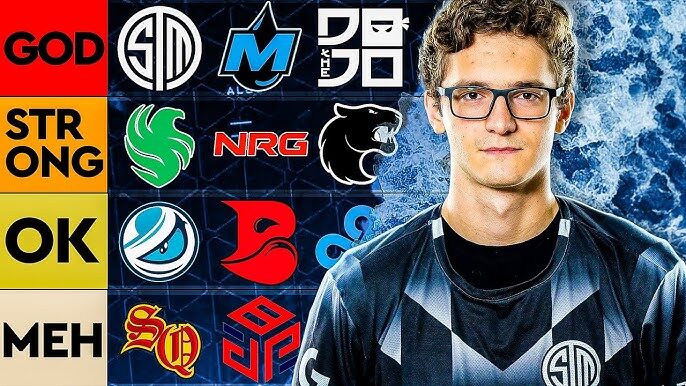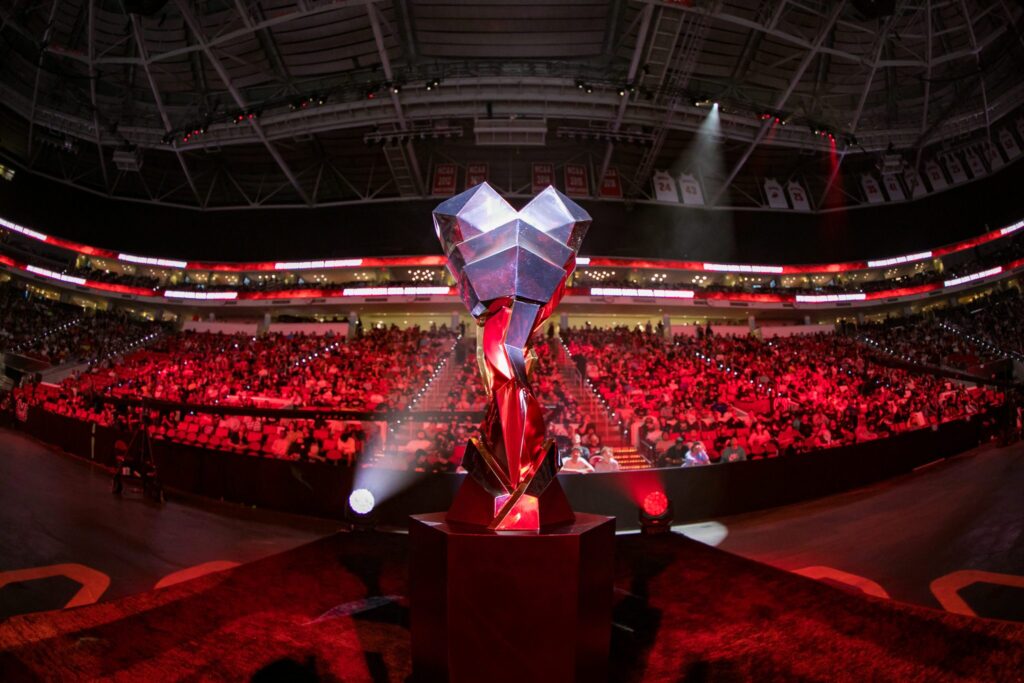
Apex Legends has matured into one of the most competitive esports ecosystems in 2025, bringing together established giants and ambitious newcomers under the Apex Legends Global Series (ALGS). With tournaments spanning regional Pro Leagues, global playoffs, and world championships, fans are often left wondering how to make sense of which teams are truly at the top. This is where the Apex Legends Rankings 2025 come in—not as a simple list of scores, but as a structured guide that explains exactly how teams are evaluated, categorized, and compared. These rankings provide more than bragging rights; they reveal the inner workings of competitive strength, consistency, and adaptability.
Understanding the format behind the rankings helps bridge the gap between casual viewers and hardcore esports analysts. By looking into performance criteria, the tier system, and why these rankings matter, we can see the Apex Legends pro scene not just as a collection of matches, but as an evolving narrative of skill, discipline, and strategy.
Quick Look
How Apex Legends Rankings Are Calculated in 2025

Source: Liquipedia
Rankings in competitive Apex Legends aren’t arbitrary; they follow a system that rewards consistency, adaptability, and success across multiple formats. The 2025 season continues to highlight the importance of the Apex Legends Global Series (ALGS), where both regional and international events act as benchmarks for evaluation. Teams are ranked based on several key criteria, including:
- Tournament performance: Regional Pro League placements and overall point accumulation play a central role.
- International success: How teams perform at playoffs and world championships is often the clearest measure of their global competitiveness.
- Finals mastery: Apex Legends’ unique Match Point system means closing out tournaments is just as important as surviving them.
- Team chemistry and firepower: Beyond stats, rankings take into account synergy, leadership, and consistent player impact.
By combining these elements, Apex Legends Rankings 2025 reflect not just momentary wins but long-term strength, ensuring fans and teams can identify who truly dominates the competitive stage.
Understanding the Tier List Format – Apex Legends Rankings 2025

One of the strengths of the Apex Legends Rankings 2025 is its use of a tier-based system. Instead of treating every team as equally comparable, the tier list acknowledges that performance levels vary across the competitive spectrum. Here’s how the tiers are generally defined:
- S-Tier (Elite Level): Teams that consistently dominate Pro League, secure playoff spots, and regularly place in contention for championships. They set the standard others aspire to reach.
- A-Tier (High Contenders): These squads are strong and highly competitive, capable of beating S-tier opponents on the right day, though not always with the same consistency.
- B-Tier (Stable Performers): Teams in this category hold steady in their regions, often qualifying for key events but lacking the decisive edge needed to secure titles.
- C-Tier (Emerging Teams): Developing rosters, underdogs, and challengers who are still building synergy and experience. While not yet dominant, they often bring surprises and upsets.
This tier structure helps contextualize the rankings so that fans, analysts, and even the teams themselves can better understand where each squad stands, and more importantly, what they need to improve to climb higher.
Why These Rankings Are Important

The Apex Legends Rankings 2025 don’t just serve competitive bragging rights—they carry significant weight in shaping the scene. For fans, they make it easier to follow storylines, such as whether an underdog team is climbing tiers or whether a powerhouse can hold its position. For teams and organizations, rankings affect reputation, sponsorship deals, and even morale, since placement reflects months of hard work and preparation.
Moreover, these rankings influence predictions for major tournaments like the Midseason Playoffs and World Championship, where tier standings often align with expectations of who will succeed. They also help casual viewers get oriented, especially when new names appear in the rankings, adding more excitement to the storylines of upcoming matches.
Conclusion: Apex Legends Rankings as a Competitive Compass
At its core, the Apex Legends Rankings 2025 are more than a snapshot of wins and losses—they act as a compass for the entire esports ecosystem. The tier-based system provides clarity, allowing both casual fans and dedicated analysts to see not only who is leading today but also who might be the breakout stars of tomorrow. By considering consistency, international results, and mastery of the game’s unique format, these rankings highlight the difference between temporary success and long-term dominance.
As the 2025 ALGS season continues to unfold, the rankings will shift, reflecting dramatic upsets, rising challengers, and the resilience of established teams. For anyone invested in competitive Apex Legends, this tier list isn’t just a guide—it’s the roadmap to understanding the evolving battle for supremacy in one of esports’ most thrilling titles.
FAQs
Q1: What is the most common rank in Apex Legends Season 26 Split 1? ▼
Q2: How rare is it to reach Diamond II or higher in Season 26 Split 1? ▼
Q3: What are the current RP cutoffs to reach Apex Predator by platform? ▼
- PC: 17,163 RP
- PlayStation: 16,317 RP
- Xbox: 16,000 RP
- Switch: 16,000 RP



